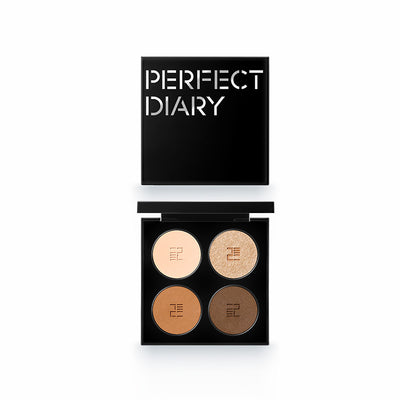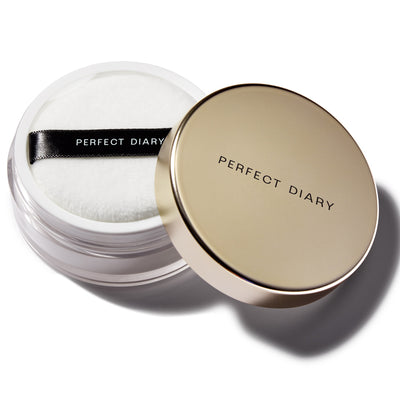How to Select the Best Color Foundation for Fair Skin?
In this blog post, we will talk about how to find the best color foundation for fair skin and avoid common mistakes to get the best results.
Introduction
If you have fair skin, congratulations! You're probably gorgeous. Seriously. But if you're like me, you might struggle to find the right foundation shade to match your skin tone. Fair skin tends to be more translucent than other complexions, which means we have a higher chance of having foundation lines—and worse, looking orange or grayish due to our lack of melanin.
If you have fair skin, finding the best color foundation for fair skin can be tough. You want something that won't make your complexion look chalky or add extra redness to any blemishes. But don't worry—we've got all the tips and tricks you need to find a skincare staple that's as perfect as you are. In this guide, I'll show you how to find the perfect foundation for fair skin and prevent those dreaded lines of faces from happening again.
Match your foundation to your skin tone.
It's important to find a color that matches your skin tone, whether you have cool undertones or warm ones. If you aren't sure how to determine this, look at yourself in natural light without any makeup on. This will help you determine if your face has pink or yellow undertones (pink = cool; yellow = warm).
Then, match your foundation to your skin tone, and don't buy too dark or too light. If you're super pale, avoid anything that looks like it would make you look like the living dead. If you have a darker complexion and want to try out a lighter shade of foundation, go for something in the middle (like "porcelain") rather than pure white or yellowish beige--you'll probably end up looking more washed out than fresh-faced if you go too far off base with this one.
Find a foundation that works with everything you do.
If you're going to be outdoors a lot, find a foundation that works well in the sun. If you're going to be indoors a lot, find a foundation that works well with artificial lighting. And if you're going to be in both situations equally often, find one that can handle both environments!
Don't expect one product to be the perfect solution to all your problems.
One of the most common mistakes people make when they're trying to cover up a blemish or dark circle is thinking that concealer will work as a foundation. Concealer is not the same thing as a foundation; it's used to cover up blemishes and other imperfections in your skin. If you want to use concealer, look for one that matches your skin tone exactly (this may take some trial and error) but you will eventually find your own personal best color foundation for fair skin.
If you have fair skin, don't be afraid of color! Just remember that darker shades tend to work better than lighter ones since they can provide more coverage without looking unnatural on pale complexions. As mentioned above, setting powder is another way of keeping your makeup from fading throughout the day--but this doesn't mean you should skip out on using a moisturizer first!
Highlight, don't conceal.
Highlighting and concealing are two different techniques. Highlighting brings attention to your best features while concealing is used to hide imperfections. Concealing is not the same as highlighting, although they both involve makeup. To highlight effectively you need to know what kind of lighting works well with your skin tone and what doesn't. If you have fair skin like me, then we must use warm tones so they not to look washed out or chalky when photographed under natural light (or any other kind).
Fair skin can make it difficult to find the right shade of foundation, but there's hope!
If you're fair-skinned, finding the right shade of foundation can be tricky. But there's hope! While it's true that your skin tone is something you were born with and can't change, there are ways to make your complexion look healthier and more vibrant--without resorting to bronzer or other tricks that don't help fix anything. The key is finding a foundation that matches your skin tone (and lasts all day). If this sounds difficult, don't worry: It doesn't have to be. To summarize:
If you have cool undertones, you will want to choose a foundation or tinted moisturizer that's either pink-based or peach-based. This means that the color of the product will look more orangey on your skin than it would on someone with warm undertones. Try the Supreme Nude Natural Flawless Hydrating Liquid Foundation from Perfect Diary for this purpose and also features Volcanic Crystal Algae to balance oil and give a radiant finish.
If you have warm undertones and want an even skin tone, look for yellow-based shades. These are typically more golden in color and can be helpful if you want to hide redness or dark spots on your face without making them look darker than they are (which can happen if you pick a blue-based foundation).
Conclusion
There's no need to despair, fair skin! You can find the best color foundation for fair skin to suit your skin tone and the best foundation shade for fair skin can be the one that is according to your skin tone and natural color states. The key is to match it up with what you already have and then build from there. We hope this guide has helped you understand how different types of products work together so that you can find what works best for your unique needs.





















